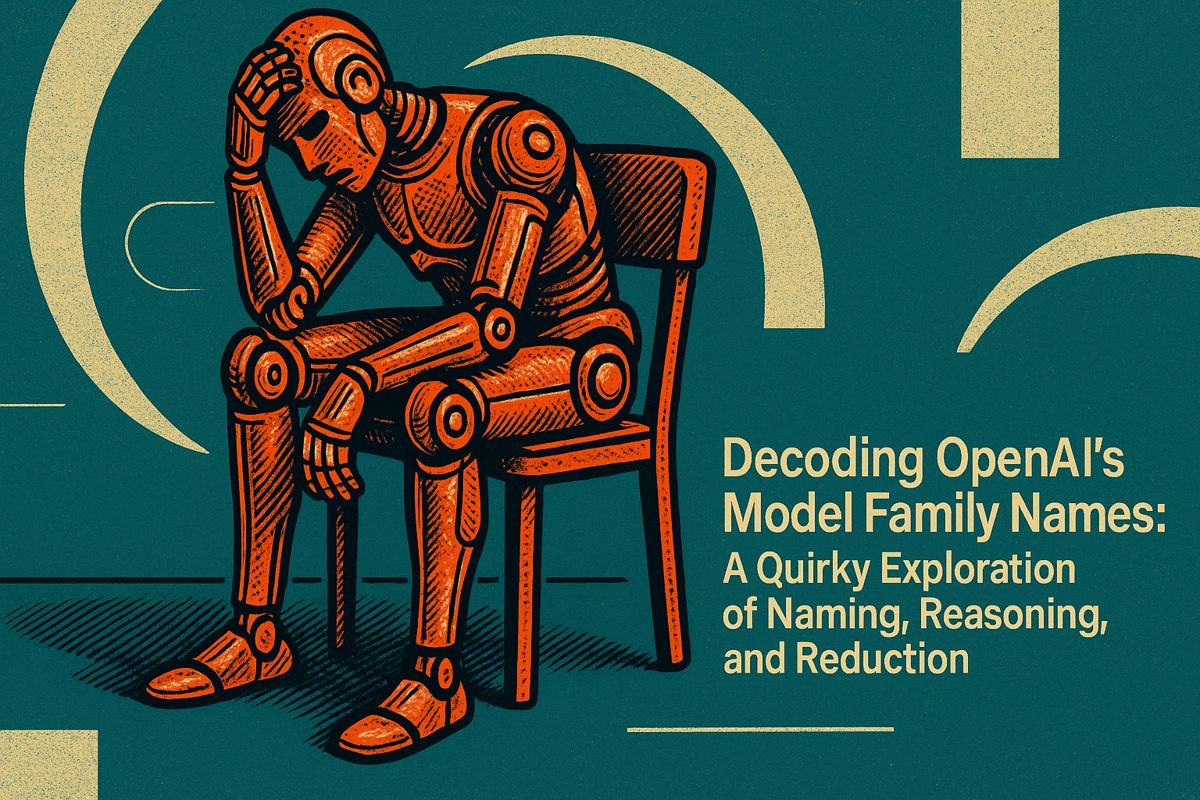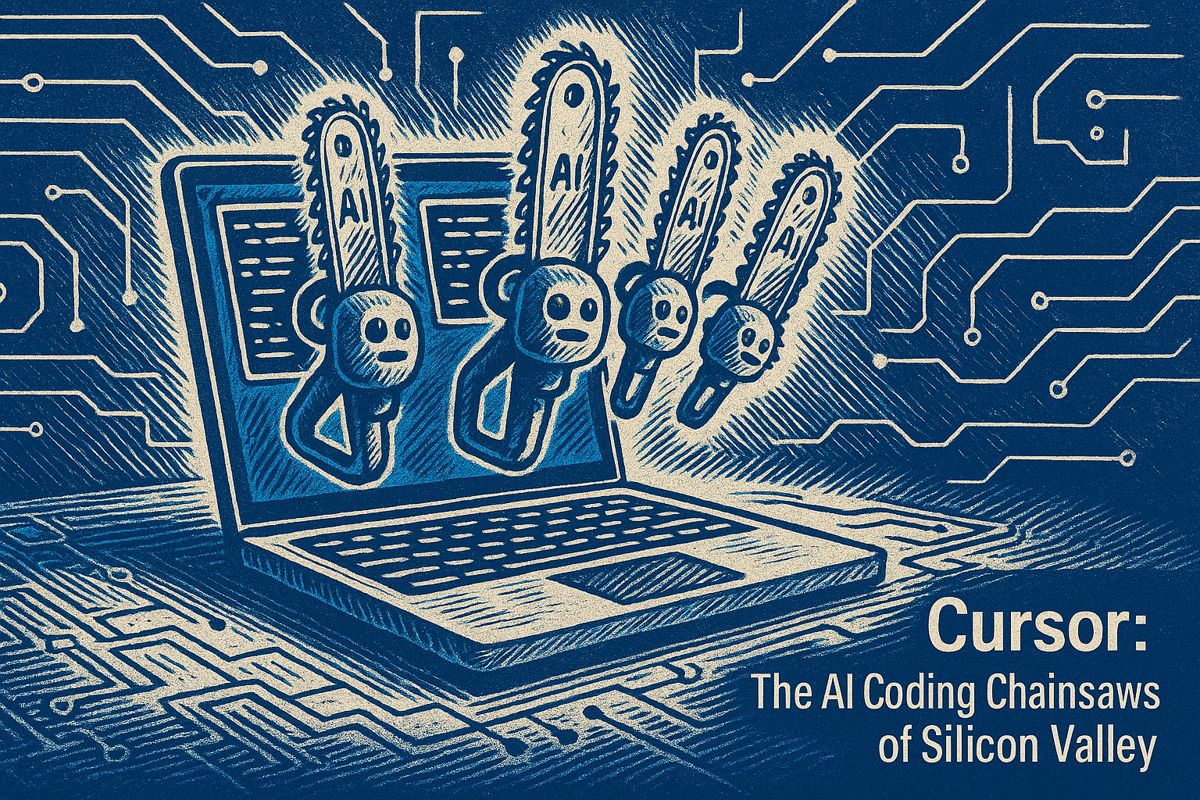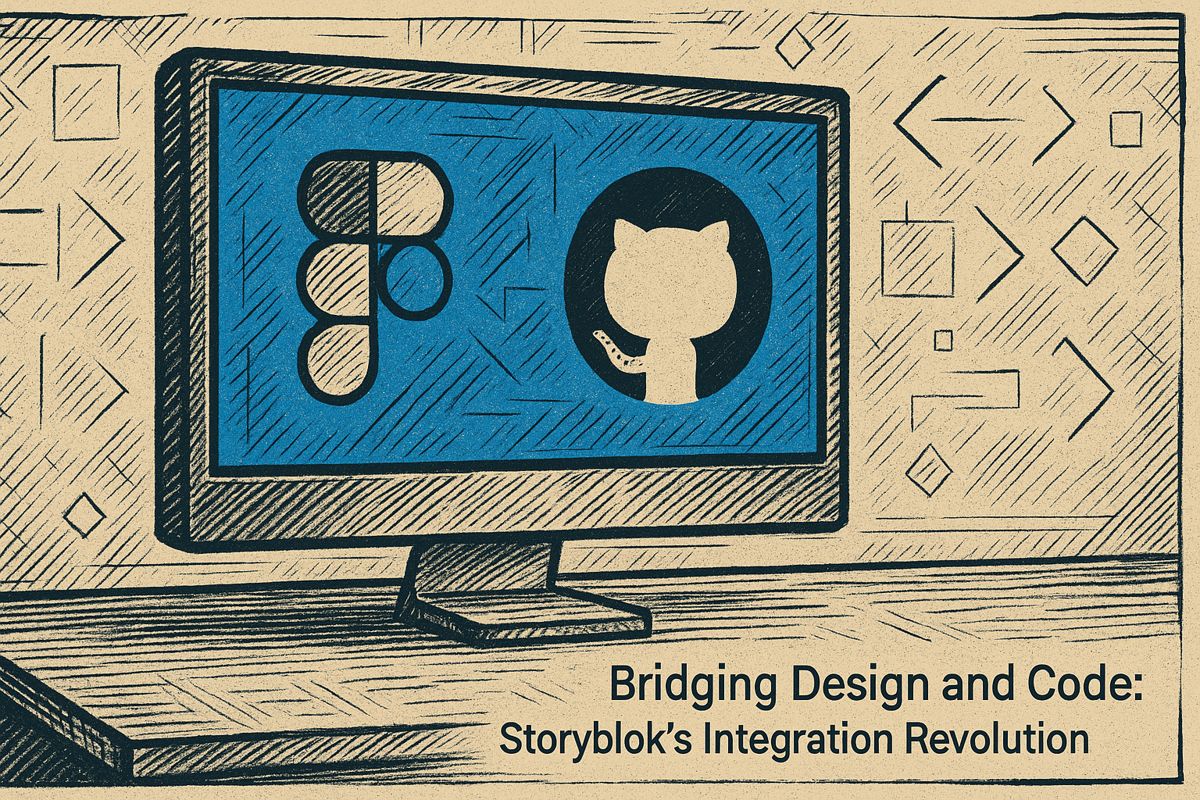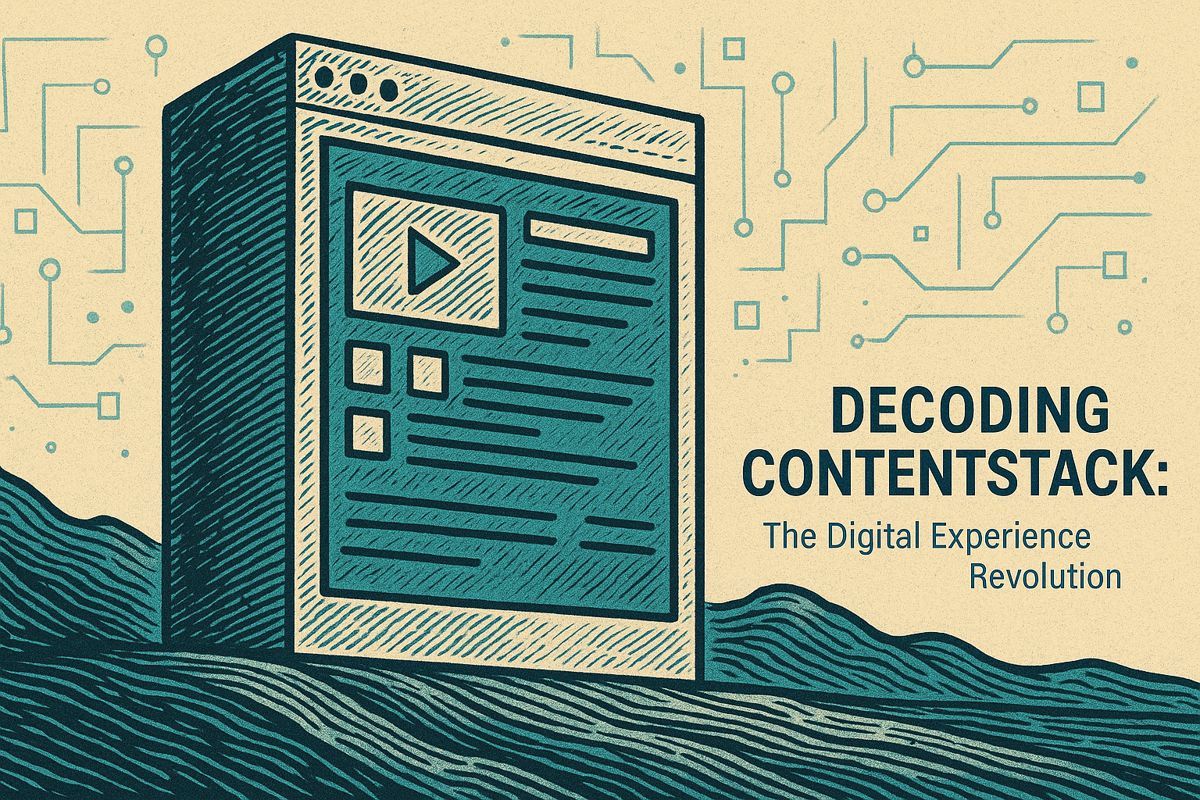Here’s the text with the most important phrase in bold markdown:
Milan Kovac, Tesla’s former AI Vice President, left the company after nine years, citing work-life imbalance and family obligations. His departure highlights the intense pressures of high-stakes tech innovation and the human cost behind groundbreaking technological advancements. Leading projects like Full Self-Driving and Optimus, Kovac’s exit signals a potential shift in Tesla’s ambitious technological trajectory. His resignation underscores the personal challenges faced by tech innovators who often sacrifice personal life for professional achievements. The move reflects a growing awareness of the need for balance in demanding tech environments.
What Led to Milan Kovac’s Departure from Tesla AI?
Milan Kovac left Tesla after nine years, citing work-life imbalance and family obligations. As the former Vice President of AI and leader of the Full Self-Driving project, his resignation highlights the intense pressures of high-stakes tech innovation and the human cost behind groundbreaking technological advancements.
Memories in the Machine
Isn’t it strange how a single piece of news can send you tumbling down a well of memories? Reading about Milan Kovac stepping away from Tesla, I couldn’t help picturing the glow of my own monitor at 2 a.m., the gentle (and sometimes not-so-gentle) whir of the HVAC, and the taste of slightly burnt espresso. Kovac, once Tesla’s Vice President of AI, has left after nine years shaping inventions that feel yanked from the pages of Wired or perhaps a Philip K. Dick novella. Though I’ve never met Milan, his exit echoes a familiar refrain – the kind that hums beneath every high-stakes engineering sprint.
Thinking back, I recall a colleague—let’s call her Priya. She could talk for hours about convolutional networks, her voice as lively as a jazz riff. Yet after months of all-nighters and missed birthdays, she handed in her badge with a half-apologetic smile, muttering something about “finally wanting to taste a weekend.” The burnout wasn’t theatrical; it was slow, like iron rusting in the rain. There’s a peculiar pang in your chest when you watch brilliance bow out. Regret? Maybe. Relief? Sometimes. Mostly, just empathy.
But what about Kovac himself? He led Tesla’s Full Self-Driving (FSD) project and was the architect behind Optimus, their humanoid robot. After so many years, he cited work-life imbalance and family obligations as his reasons for leaving: “I’ve been far away from home for too long… this is the only reason.” His words, both matter-of-fact and a little haunting, remind us that behind every revolutionary leap in tech is a human life with its own rhythms and limits.
The Cost of Ambition: Tech Culture Under the Microscope
Let’s unpack what’s at stake. Kovac’s resignation isn’t just a blip on Tesla’s radar. For a company that’s built itself on audacious promises—think $10 trillion market potential for Optimus, or plans to produce over 1,000 units internally by 2025—this is a tectonic shift. Can one person’s departure tilt the arc of innovation? Maybe not immediately, but if a keystone is removed, the arch feels a shudder.
The world’s eyes are on Tesla, Meta, and OpenAI as they wrestle with the gnarly physics of work culture. High velocity is exhilarating—like racing a Lucid Air down Mulholland Drive—but it comes with g-forces that can flatten even the most resilient spirits. The term “role engulfment” floats in my mind: when your career eats all the air in the room. Milan’s note about distance from home could be a case study in Harvard Business Review on how high-intensity ambition sometimes turns the lights off in every other room of your life.
There’s a sensory jolt to the experience, too—the sharpness of cold Red Bull at dawn, the flickering fluorescence above an empty office, the low drone of Slack notifications at midnight. I’d be lying if I said I never wondered, at the peak of a relentless launch, whether it was all worth it. But then you see the product come alive, a machine learning model nailing a prediction or a robot grasping an object with uncanny dexterity. Exhilaration, quickly followed by exhaustion.
What Milan Leaves Behind: Projects, Power, and Perception
Let’s get granular. Kovac’s handprints are all over Tesla’s most daring bets: FSD and the Optimus robot. These aren’t pet projects—they’re chess pieces in a global match against Waymo, Nvidia, and, to some extent, the laws of physics. With Ashok Elluswamy now shouldering Kovac’s responsibilities, we’re looking at a regime change. Will Ashok’s vision align, or will he chart new territory? Hard to say. I once misjudged a similar handover and watched a team’s momentum sputter for months. Lesson learned: leadership transitions in tech are never perfectly frictionless.
The numbers tempt skepticism. Musk touts Optimus as a potential $10 trillion business, with a price tag of $20,000–$25,000 per bot and a goal of ramping to one million units a year. Ambitious doesn’t begin to describe it—perhaps Sisyphean is closer, though I admire their nerve. Tesla’s history with executive departures (just ask J.B. Straubel or Doug Field) reads like a soap opera with very expensive props. Every time, speculation swirls: Is this the start of a brain drain? Or just another page in Tesla’s long, peculiar story?
Investors are jittery. Tesla stock dipped the very week Kovac left, and Musk’s latest X (formerly Twitter) escapade didn’t help. Pure coincidence? Perhaps. Still, as any seasoned observer of the tech industry knows, perception can be as potent as any quarterly result, and a single well-timed resignation can ripple through the market like the crash of a cymbal in a quiet room.
The Aftershock: Human Lessons in Silicon Circuits
What lingers is not the press release or the bullet points, but the undertone of Kovac’s farewell. He stressed he still supports Musk and Tesla, signaling no acrimony, just the simple (agonizing) arithmetic of family and fatigue. It’s easy to turn these stories into allegories: the genius who flew too close to the sun, the titan who stepped away from the wheel. But really, it’s about boundaries—knowing when your own personal source code needs a refactor.
There’s a bittersweet flavor here. Maybe it’s nostalgia or just the faint aroma of burnt



















